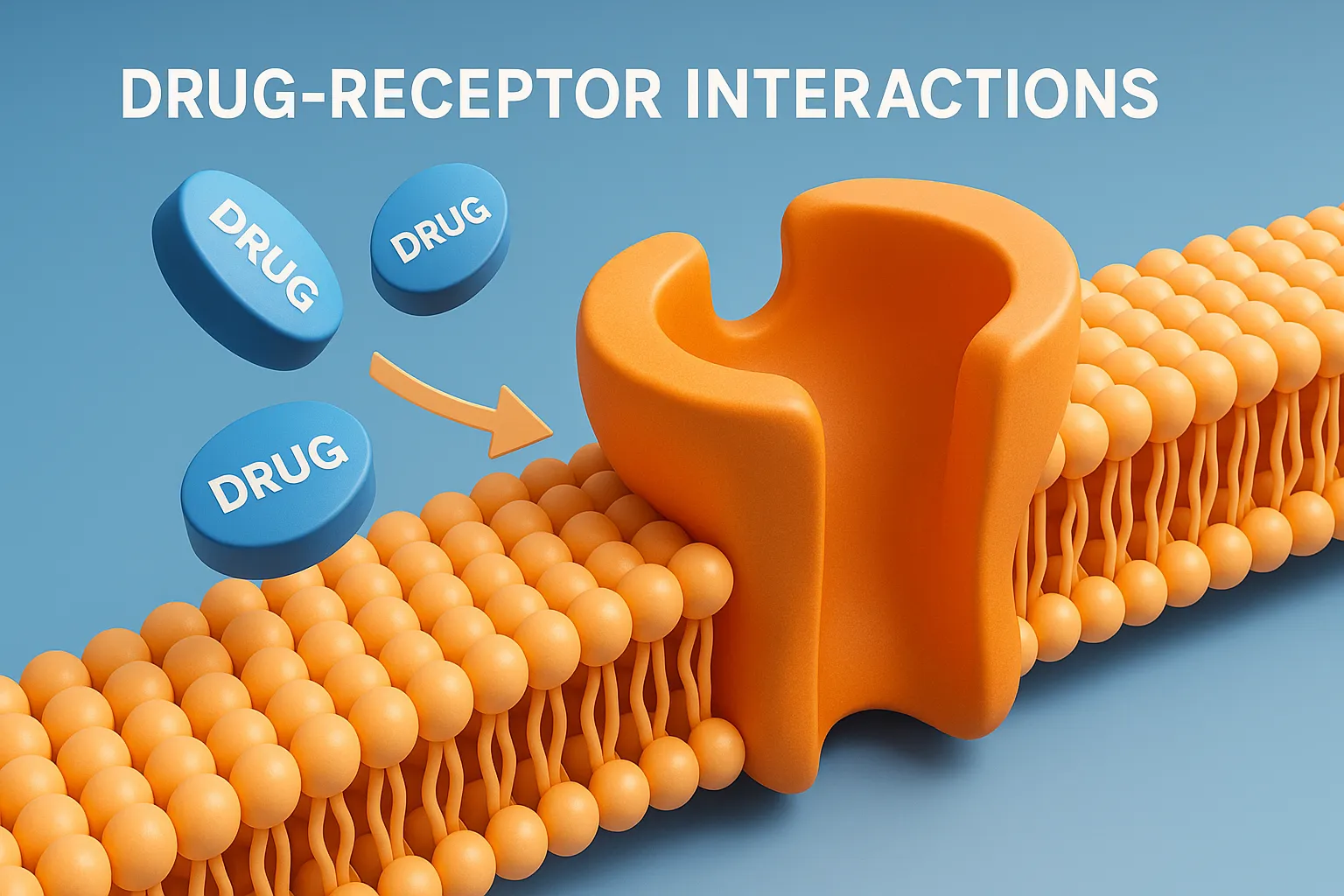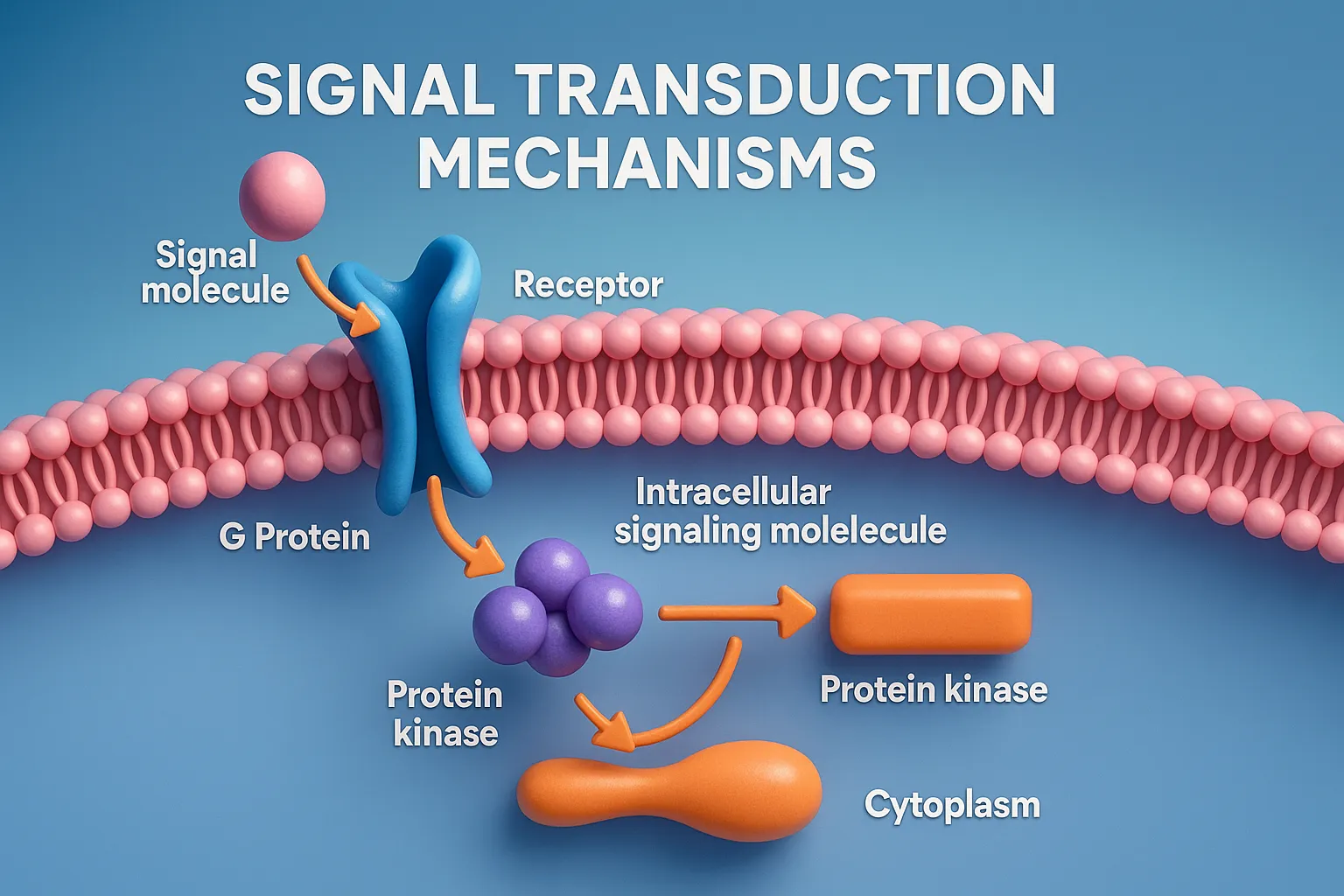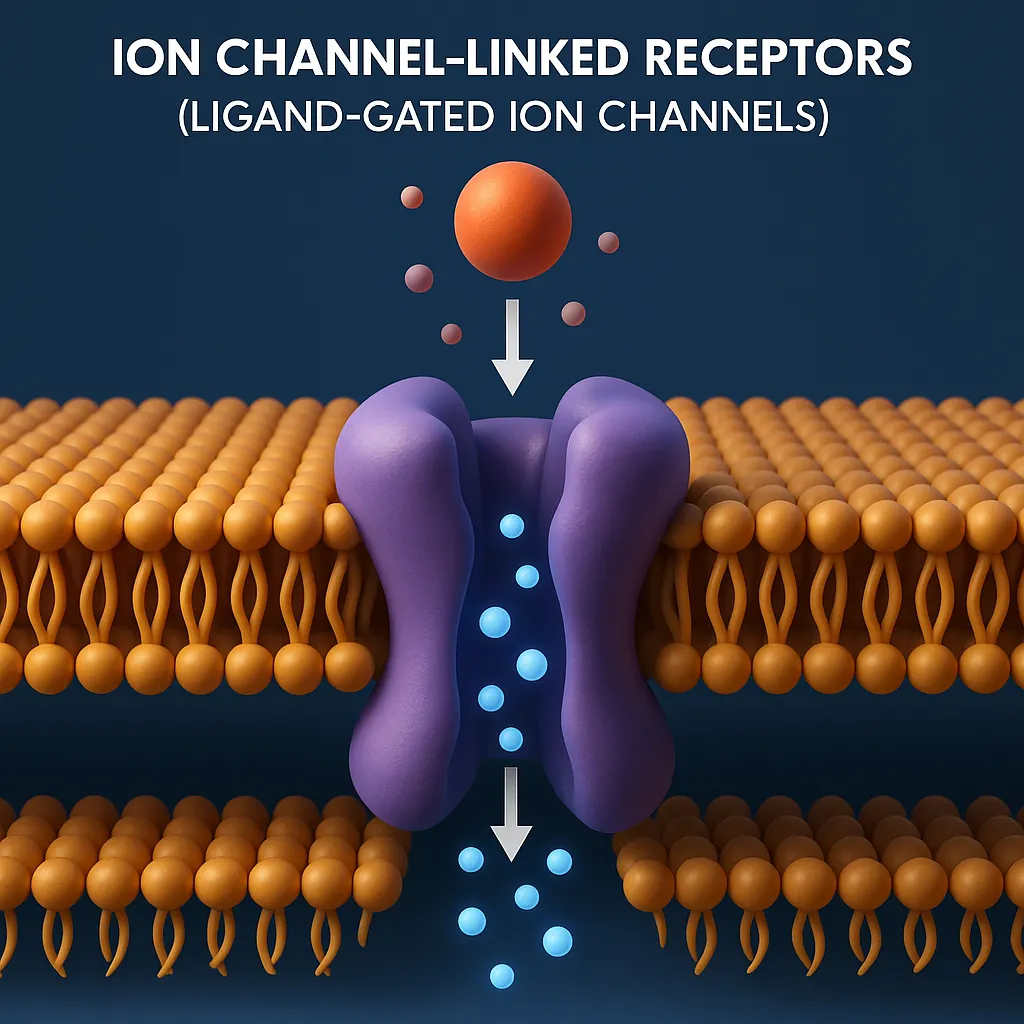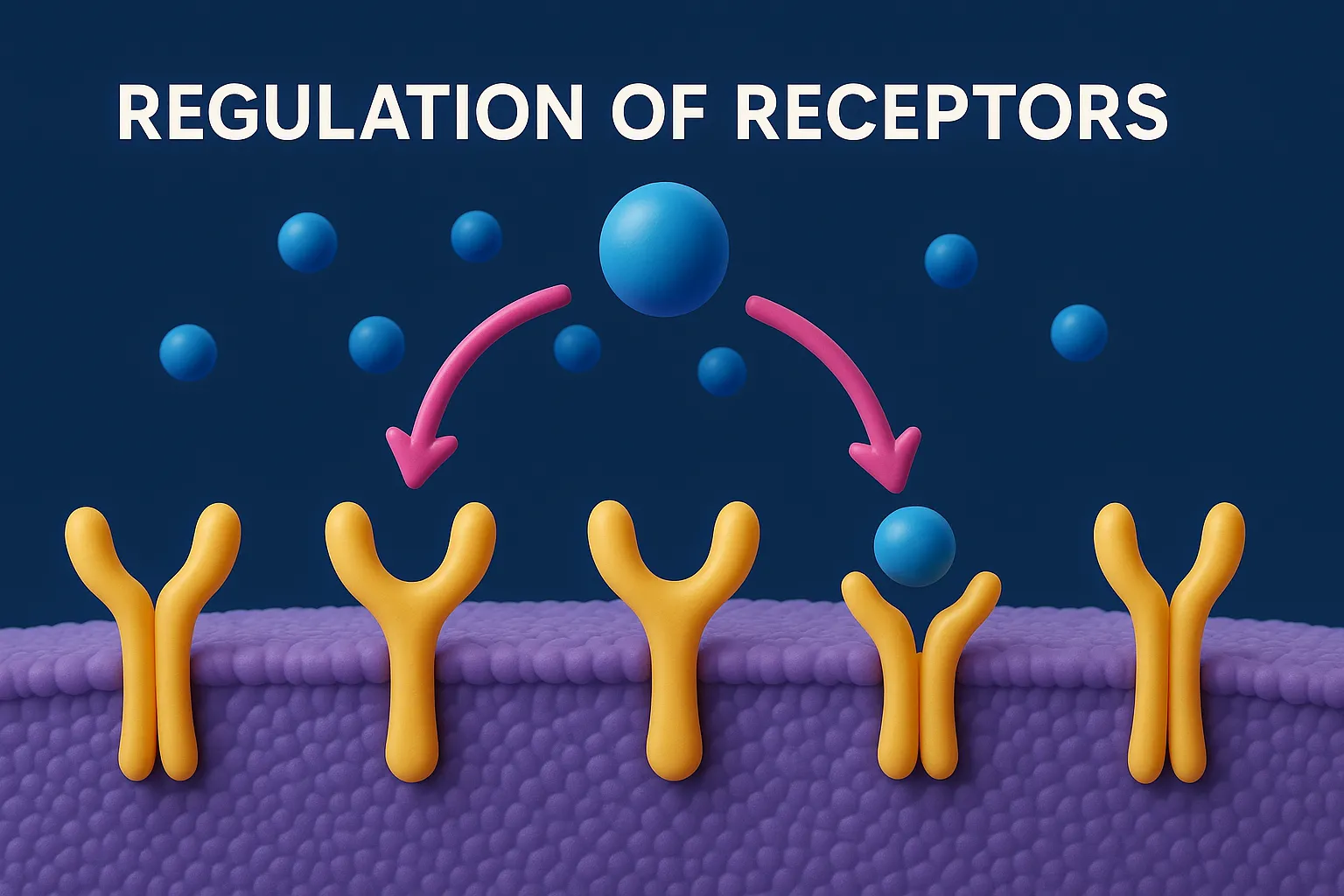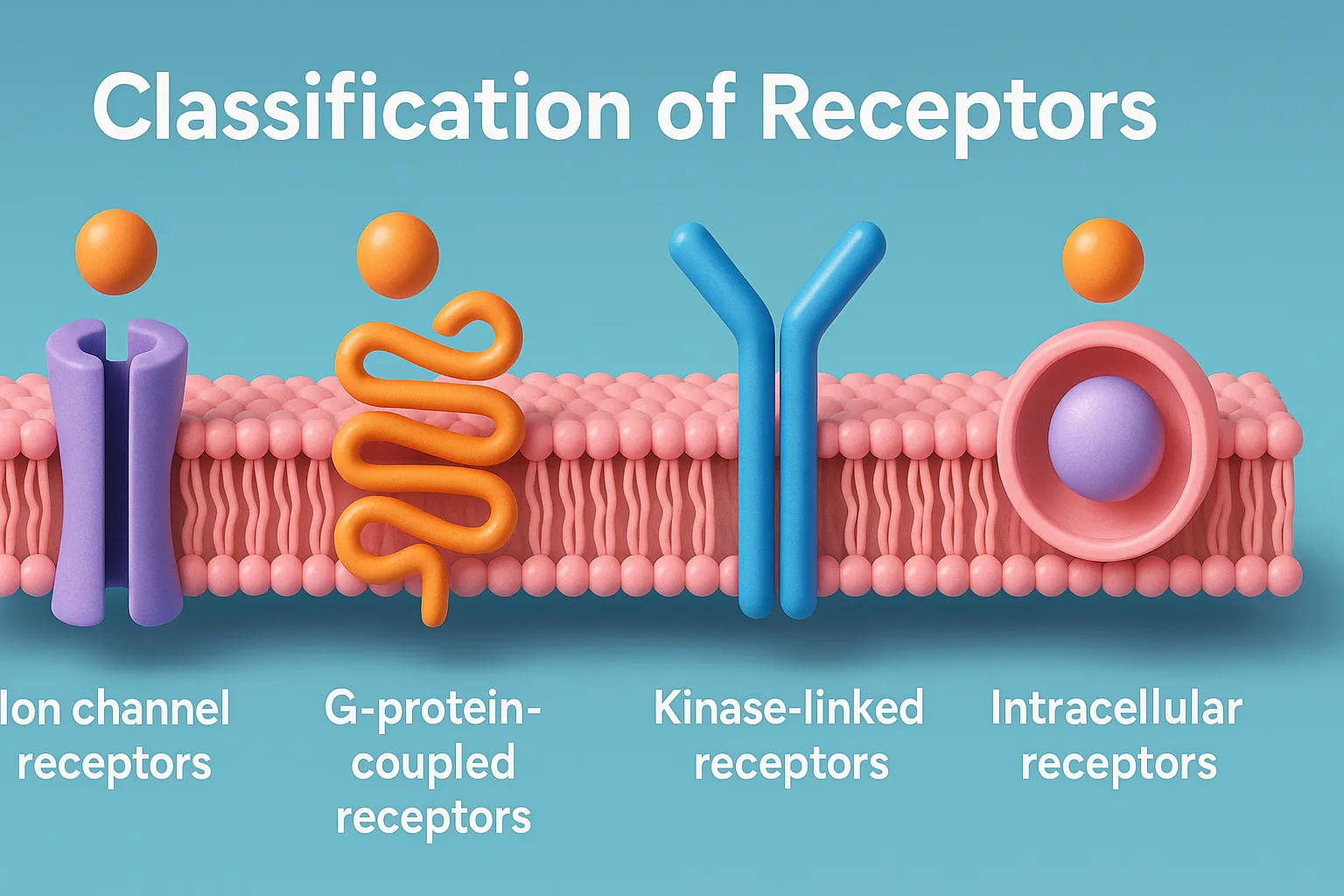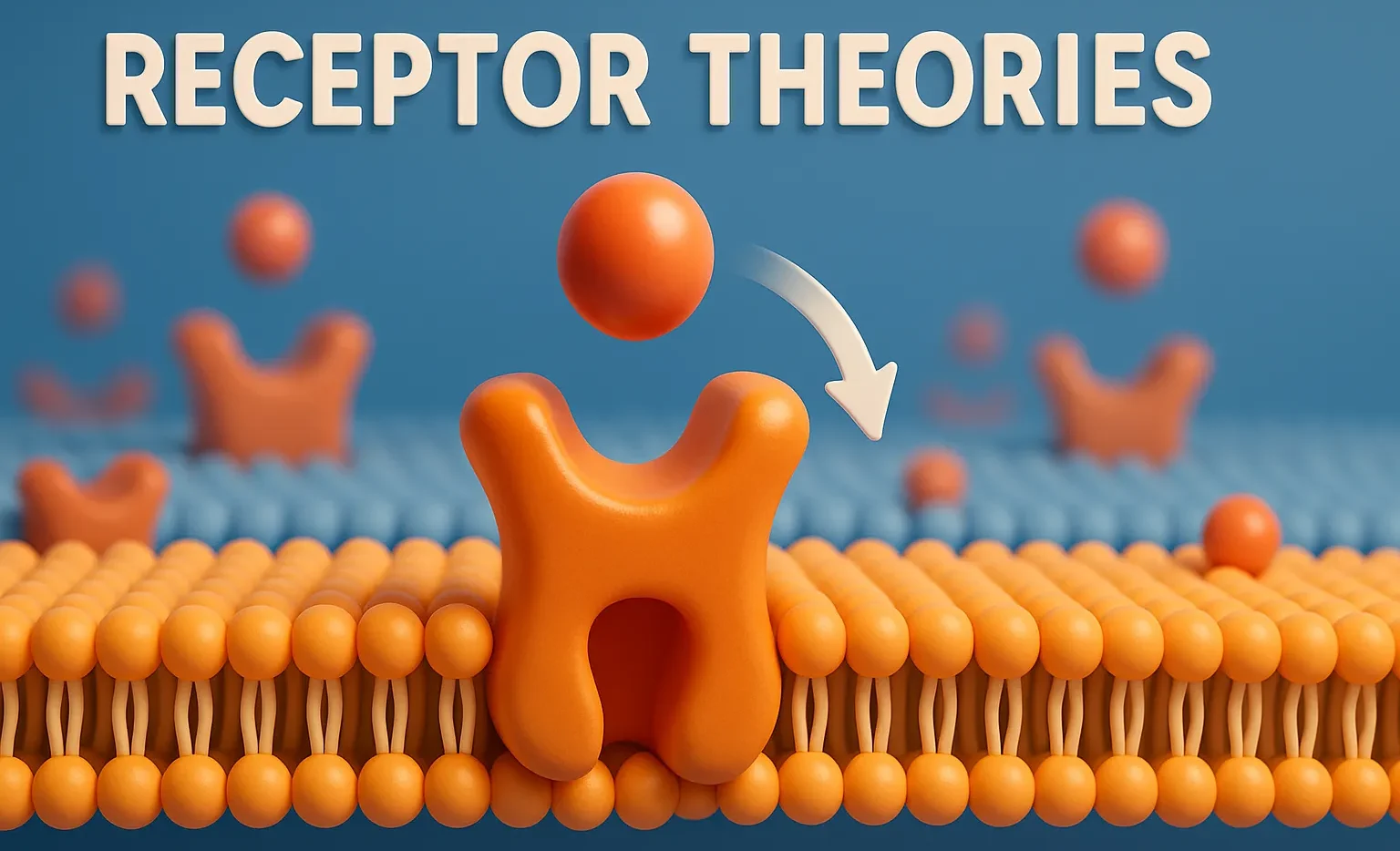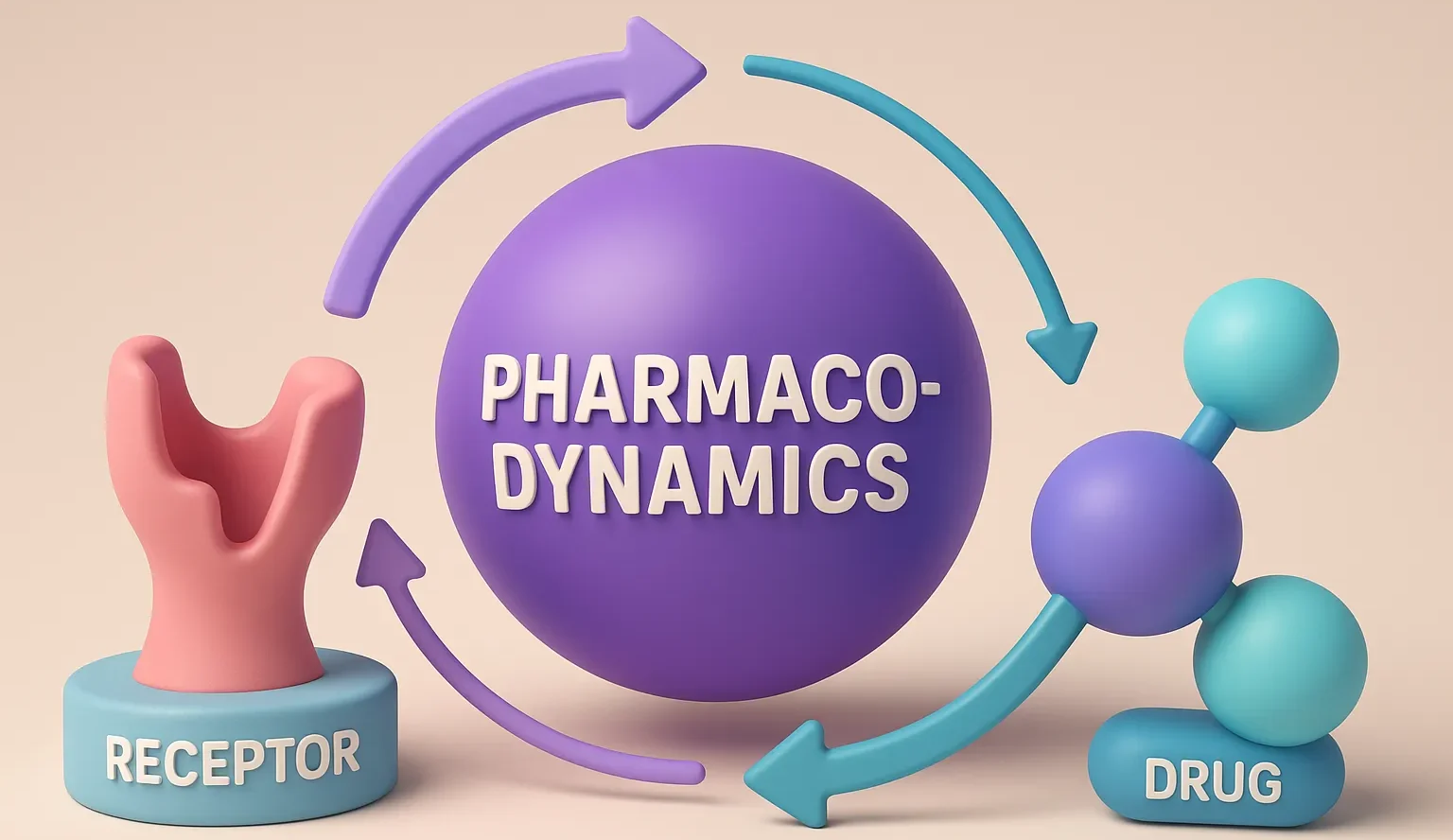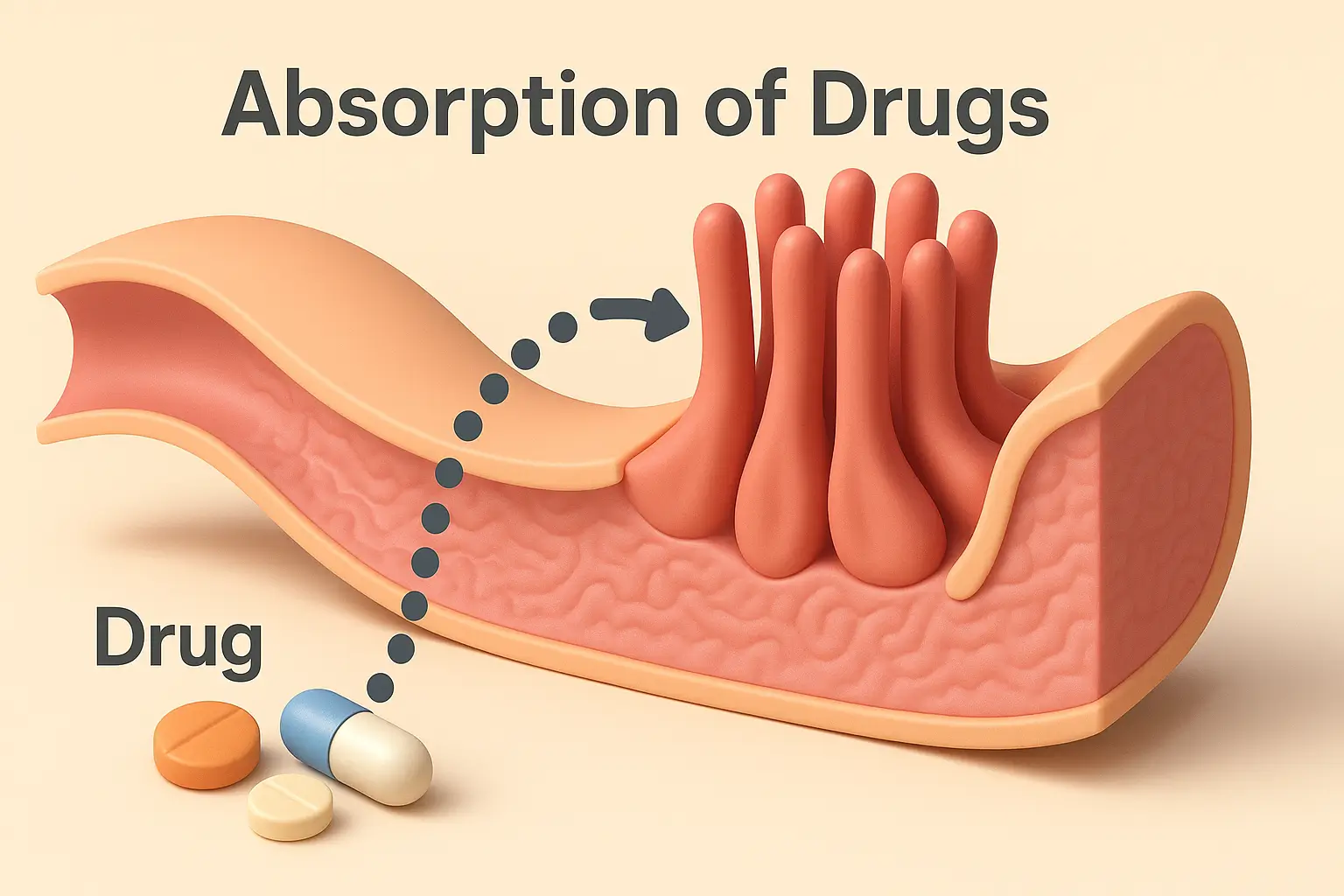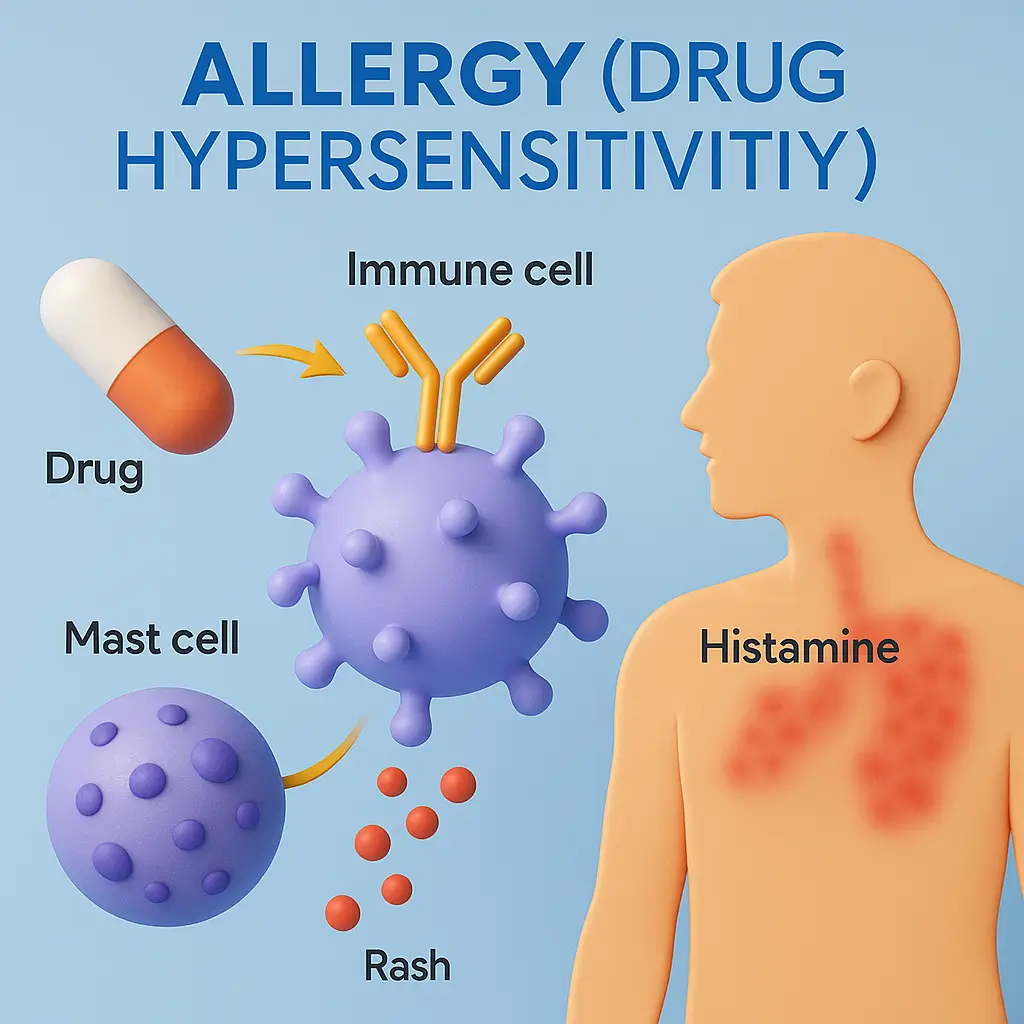Drug-Receptor Interactions
Drug-receptor interactions describe how drugs bind to receptors, influencing potency, efficacy, and selectivity. Drugs produce their effects mainly by interacting with receptors—specific macromolecules usually found on or within cells. Key Concepts of Drug-Receptor Interactions: Receptor: A protein molecule that receives chemical signals from outside a cell. Ligand: A molecule (e.g., drug) that binds to a … Read more

